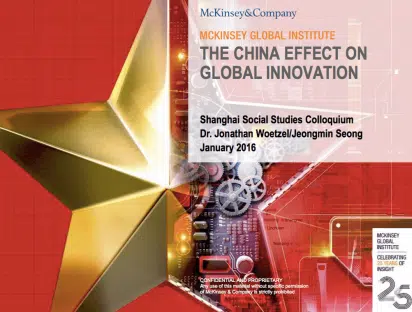
Professors Sonia Chikh M'Hamed and Wei Zhao have published their study "From Workbench to Incubation: The Case of an Open Innovation Approach in LED Production Upgrading in Southeast China" in the management revue "Gestion 2000".
In it, they examine the open innovation approach of a LED manufacturer in Southeast China to answer the following questions: Why Chinese SMEs, in the context of industrial upgrading, adopt a business incubator strategy to survive and prosper? What is the role of open innovation (OI) in this transformation process?
In the PRC's long-term economic strategy, i.e. the China 2025 programme, it is central to leave the position of the world's workbench and achieve qualitative economic and social growth within the framework of a "modern society" and "ecological civilisation". Innovation plays a crucial role and involves a new role for small and medium-sized enterprises in China. The role of open innovation is an important new concept in this context and is seen as an integral part of the economic restructuring process taking place, for example, in established industrial parks.
The role of open innovation in business incubation strategies is discussed in this article through a case study that examines the transformation process of a Chinese SME into an innovative business incubator from November 2018 to March 2021.
This in-depth study shows that business incubation strategy has opened up numerous social and economic opportunities for local SMEs and has become the 'hallmark' of successful industrial upgrading. Open innovation has played a crucial role in transforming the business model of LED manufacturers. As part of industrial upgrading, some SMEs are aggressively reshaping their business model and environment to leverage their capabilities and improve their position within the ecosystem to thrive and survive.
Chikh Mhamed, S. & Zhao, W. (2022). Point of view: From Workbench to Incubation: the Case of an Open Innovation Approach in LED Production Upgrading in Southeast China. Gestion 2000, 39, 141-161. https://doi.org/10.3917/g2000.392.0141





